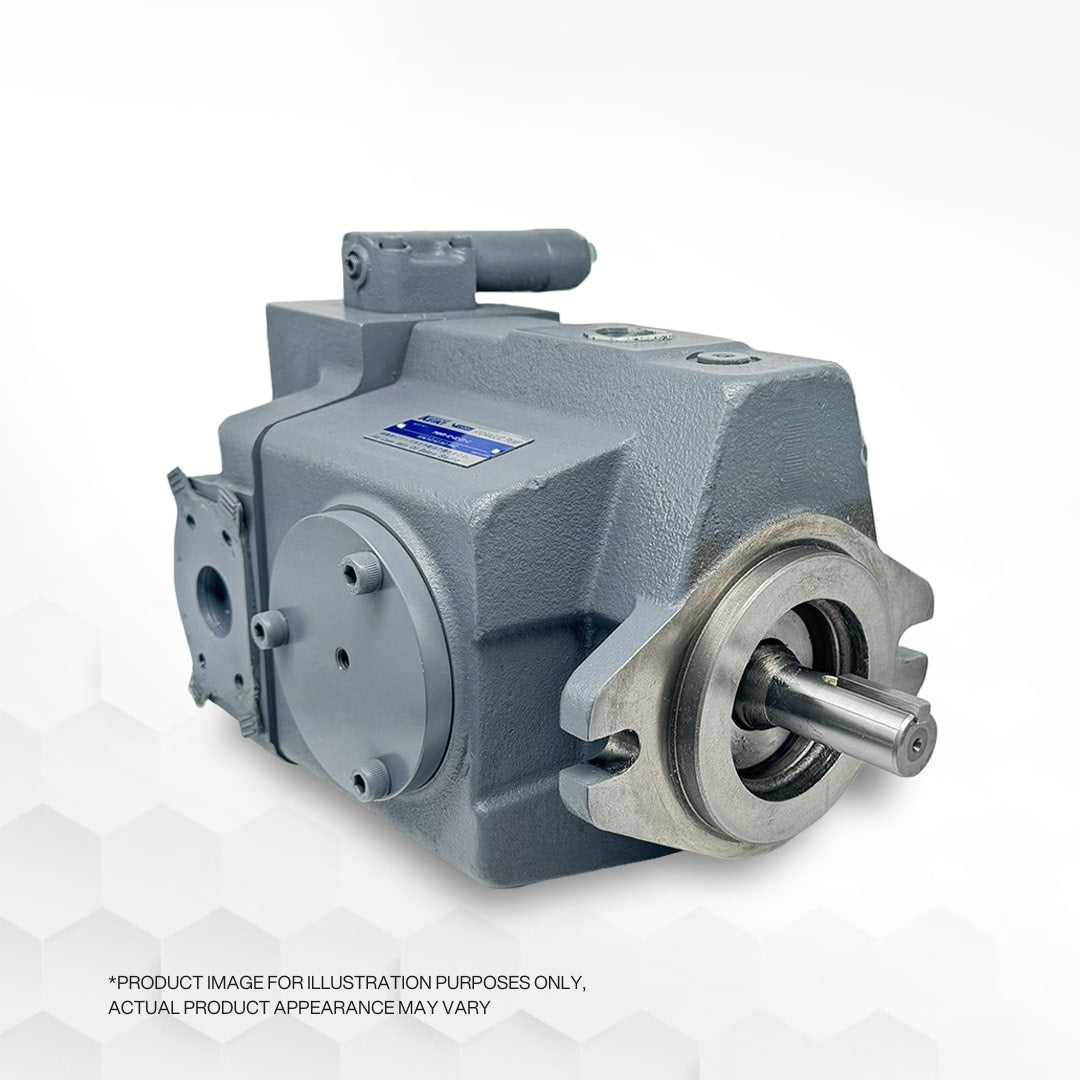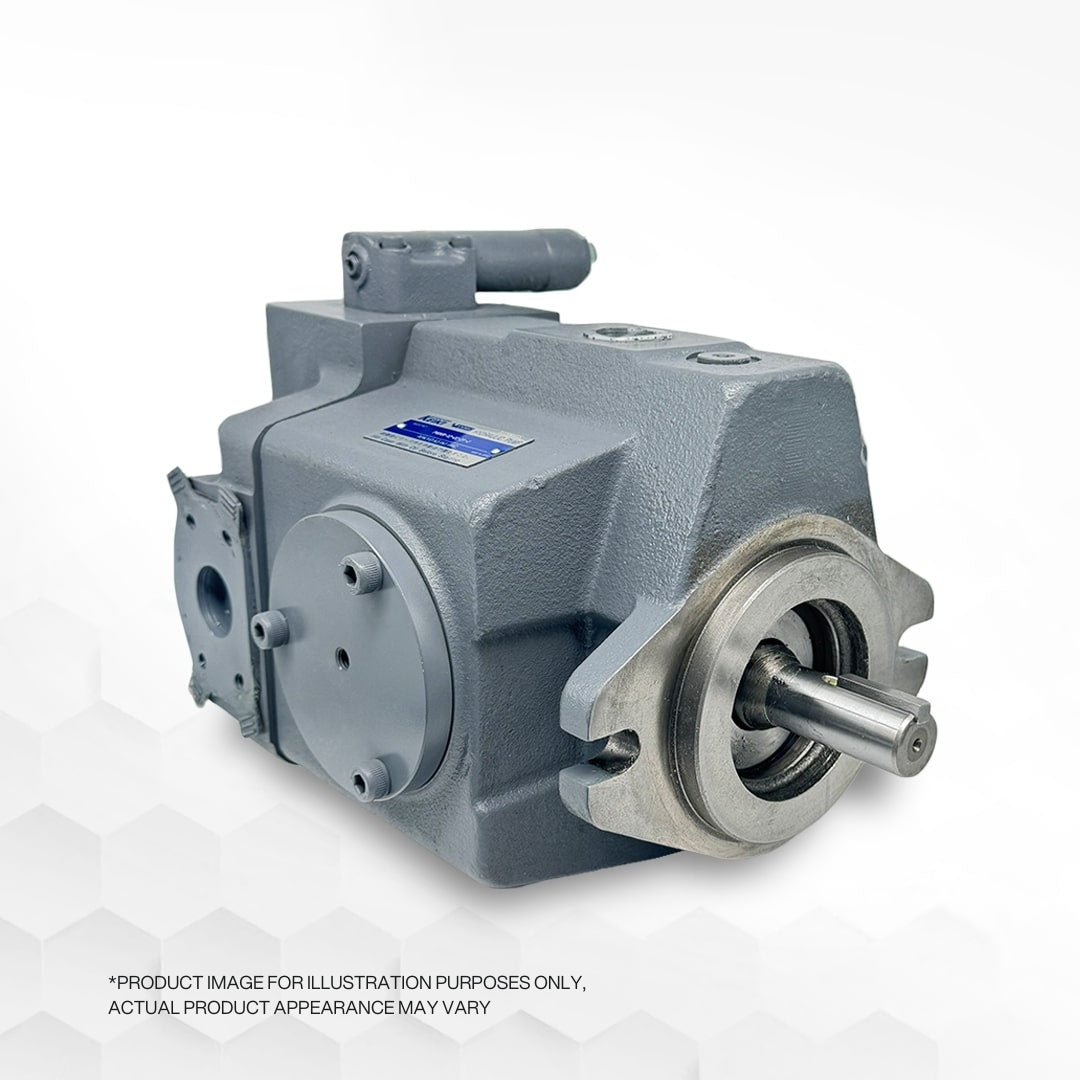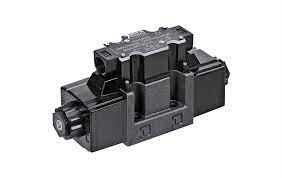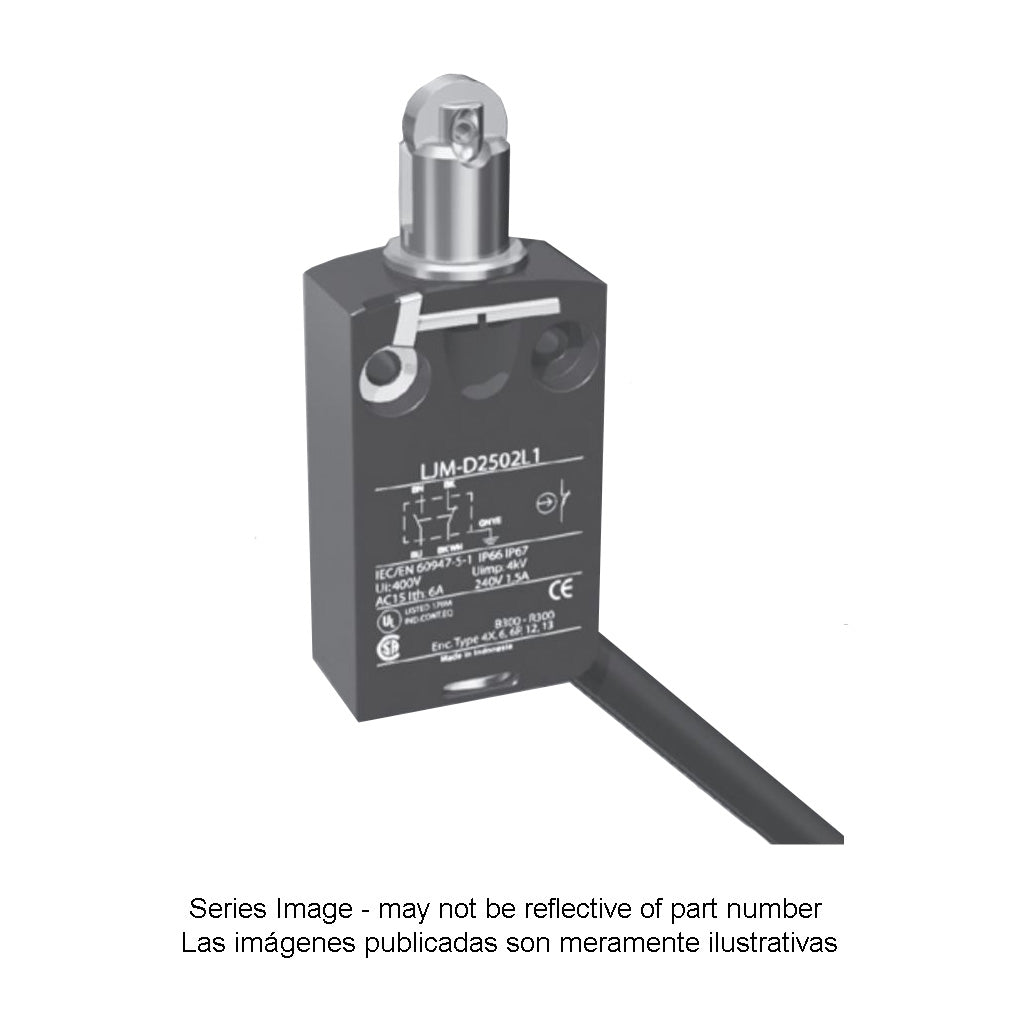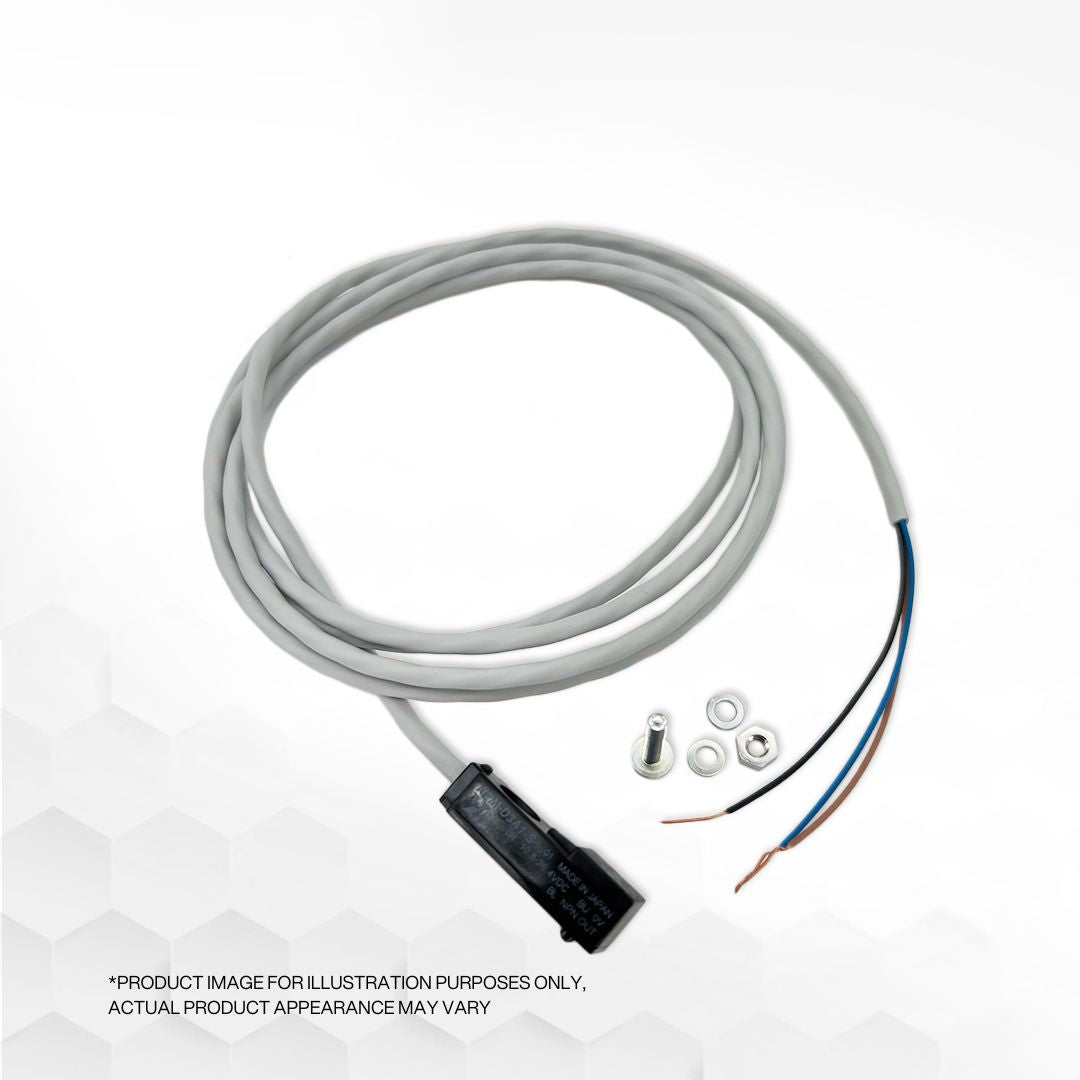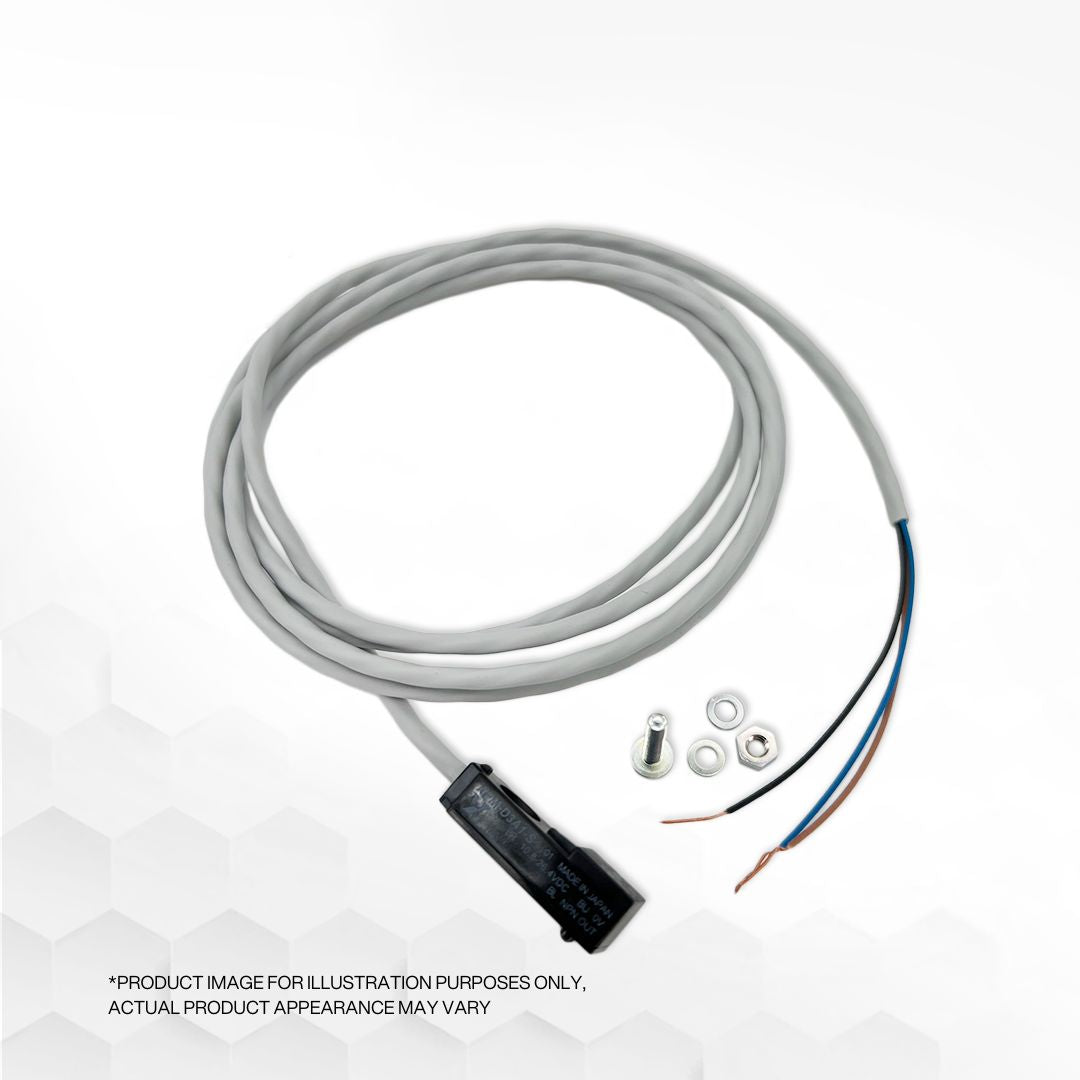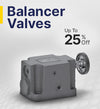
How to Assemble a Hydraulic Pilot-operated Pressure Relief Valve
Relief valves serve as vital safety devices in hydraulic systems, specifically designed to safeguard the system by limiting its maximum pressure. When the system pressure surpasses the relief valve's preset pressure, a controlled amount of hydraulic fluid is directed through the valve to the tank port, effectively regulating the system pressure. Two main types of relief valves are direct-acting (simple) and pilot-operated (compound).
Several key terms are essential to understand when dealing with relief valve operations:
- Cracking pressure: This refers to the pressure at which the poppet valve begins to open and allow fluid flow.
- Full-flow pressure: It is the pressure at which a relief valve redirects the entire flow to the reservoir.
- Reseat pressure: This indicates the pressure at which the relief valve closes and secures after being open.
In a simple relief valve, a spring holds the poppet against a seat, and the spring compression is calibrated to allow the poppet to open when system pressure exceeds the preset value. Consequently, hydraulic fluid is directed through the bypass.
As for a compound relief valve, a light spring holds the main stage piston, keeping the release port normally blocked. A small amount of fluid flows past the main stage piston through an orifice to the pilot stage of the relief valve. The fluid pressure on the pilot valve exerts a force on the pilot valve poppet. If this force exceeds the spring force, the poppet opens slightly, allowing a small amount of fluid to flow through the drain. The vent port on a ventable pilot-operated remote control valve can also serve as a remote control or plug if not utilized.
The pressure drop resulting from the flow past the pilot valve poppet applies force to the backside of the main stage piston, causing it to shift and open the valve at the specified pressure.
Given that precision machined components are involved, special care and attention are necessary during the configuration of a pilot-operated relief valve. Maintaining cleanliness is of utmost importance. Here are some helpful tips:
- Lubricate components, especially the balanced piston, with clean oil before assembly.
- Carefully position the cap or pilot section of the valve over the piston, using locator pins if required for alignment.
- Torque bolts appropriately.
- Check and test the valve's operation before putting it back into service.
- If the valve fails to function correctly due to piston binding, the cap can be loosened and gently tapped for proper alignment. Following this adjustment, bolts should be retorqued.
